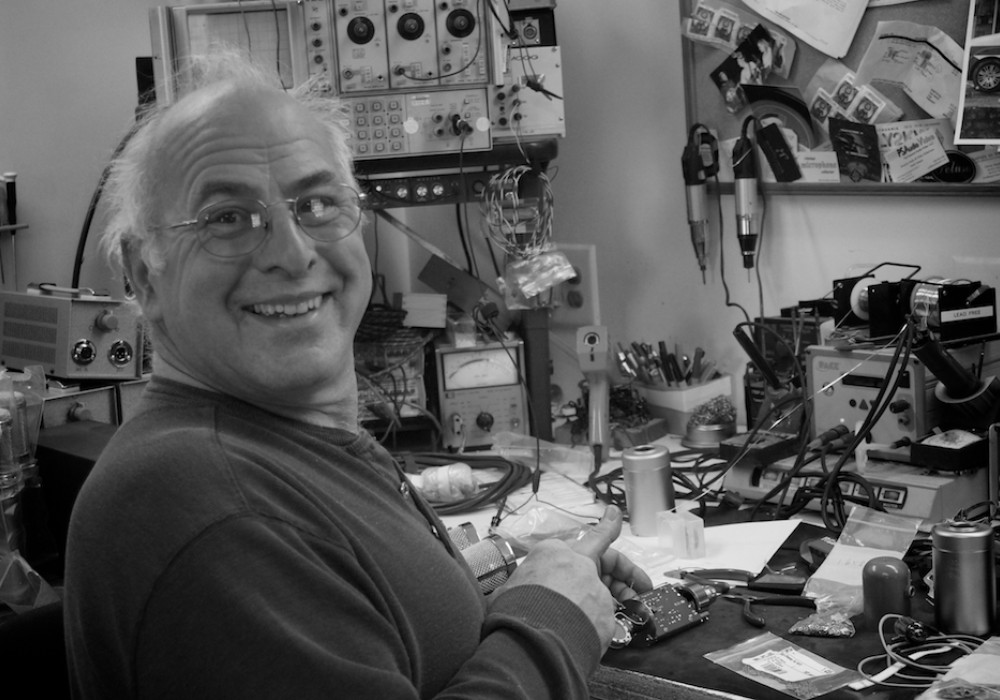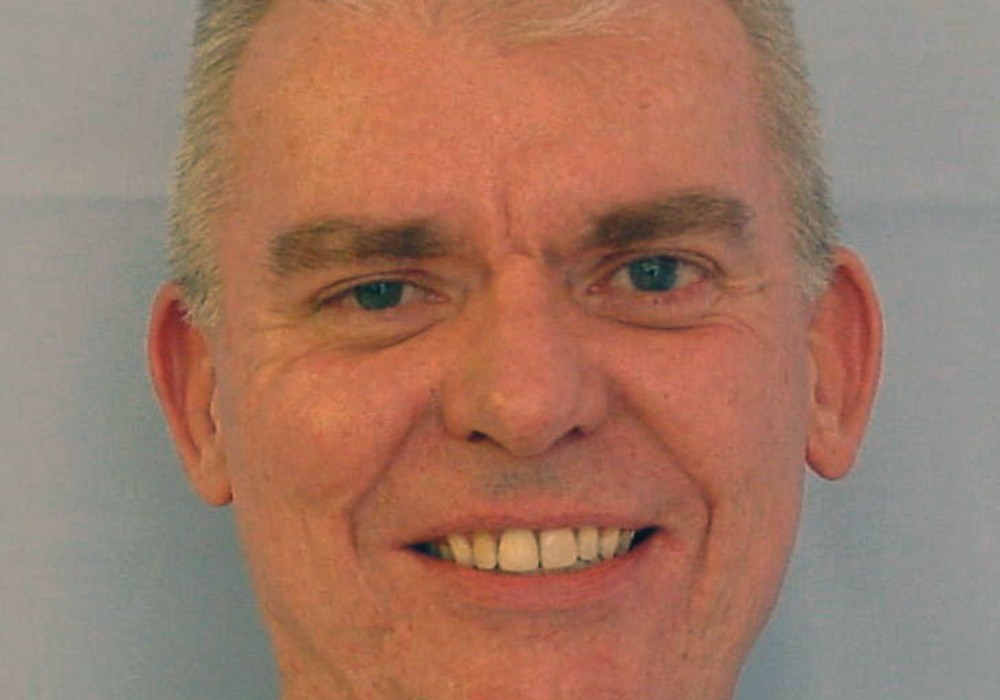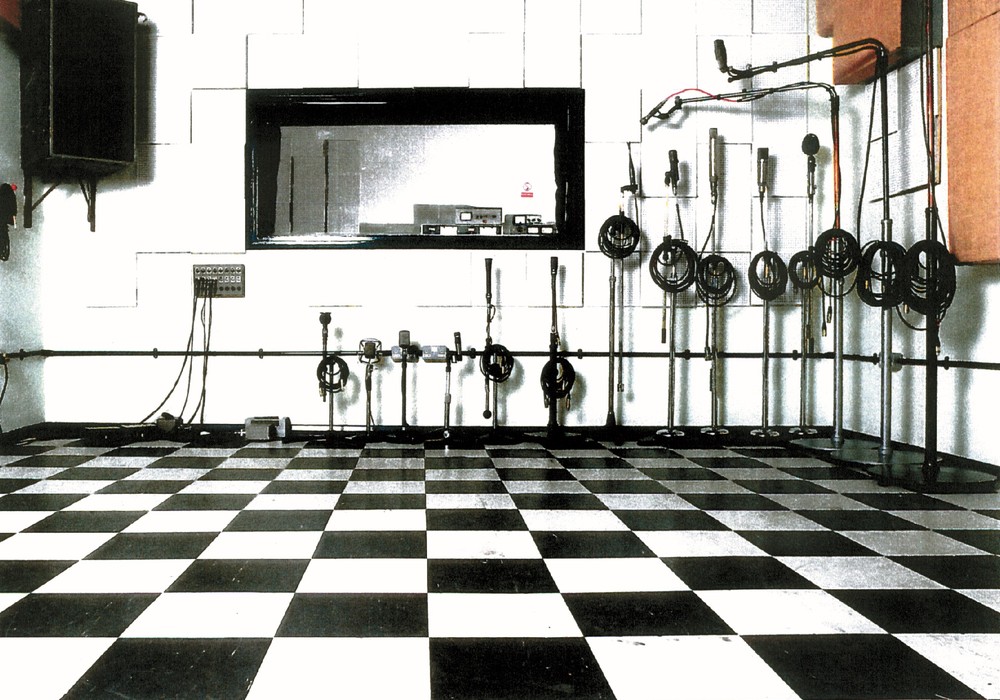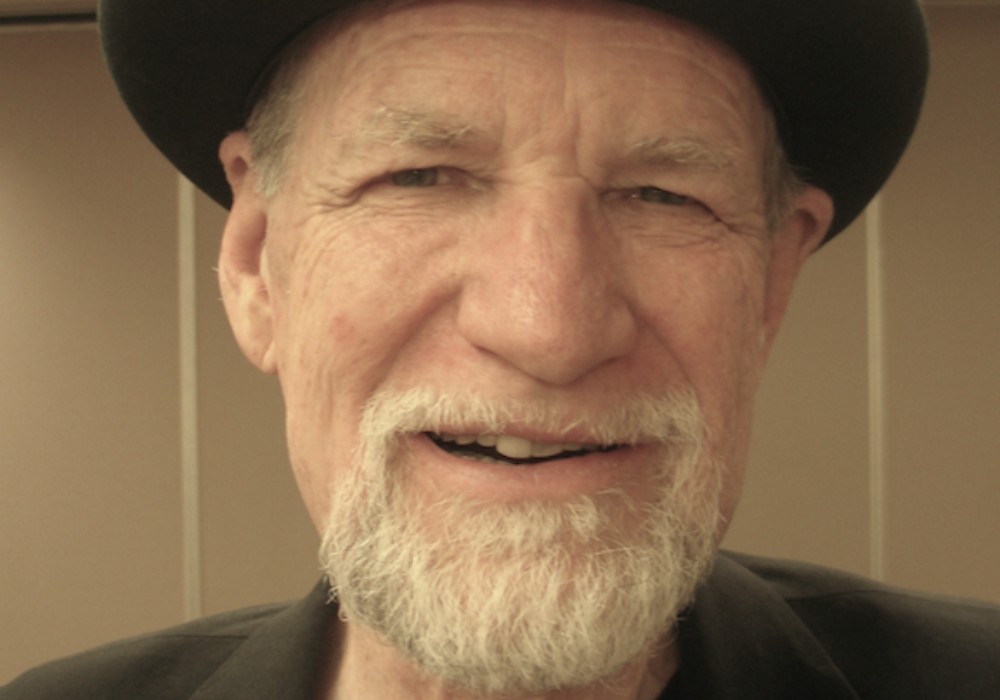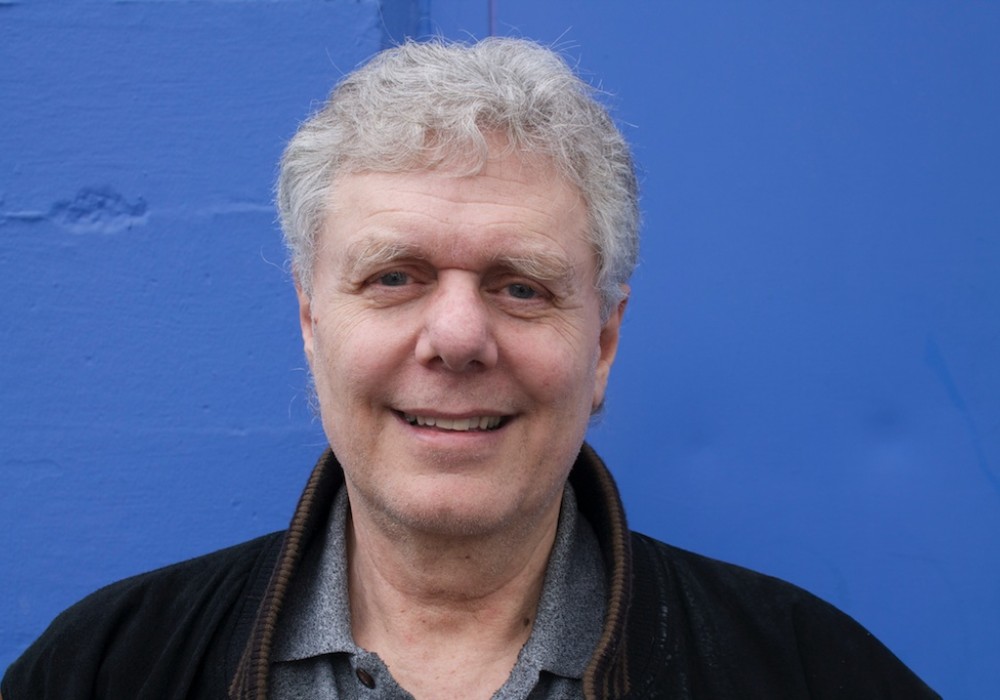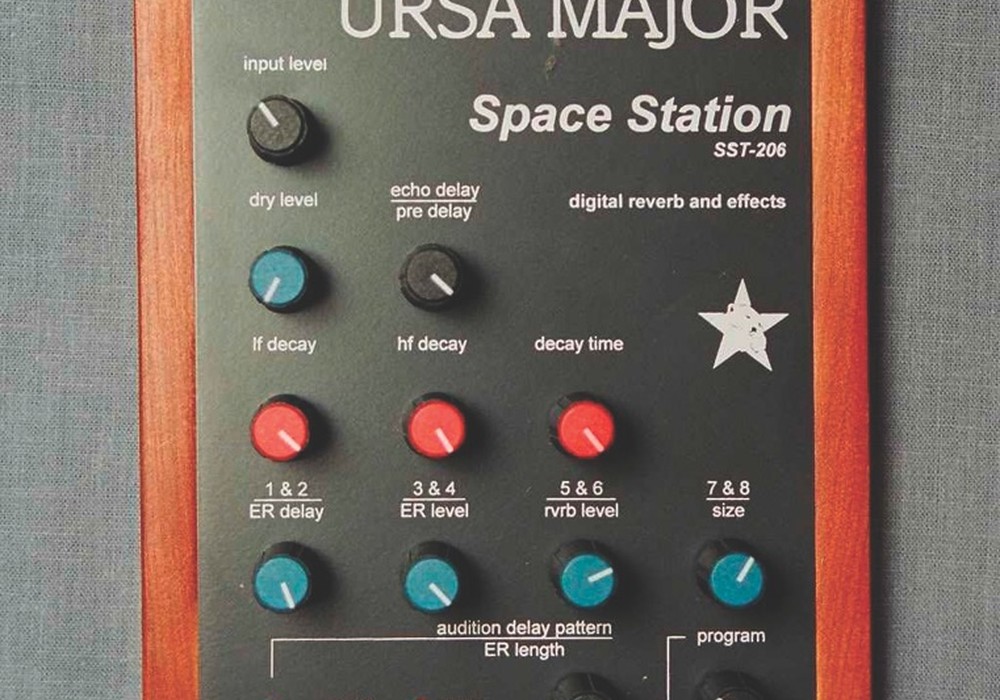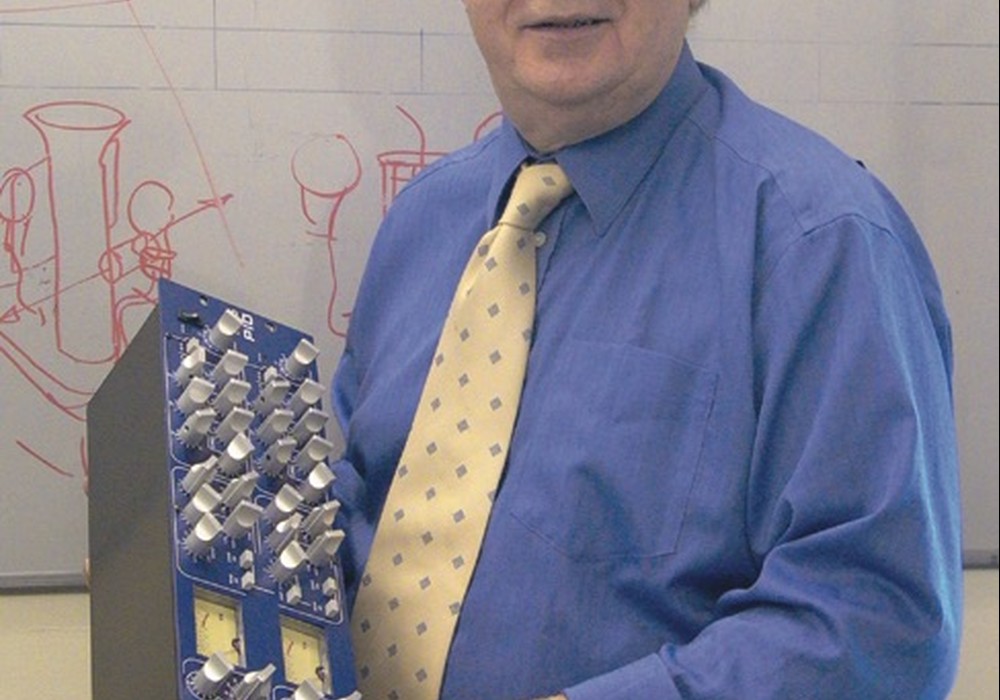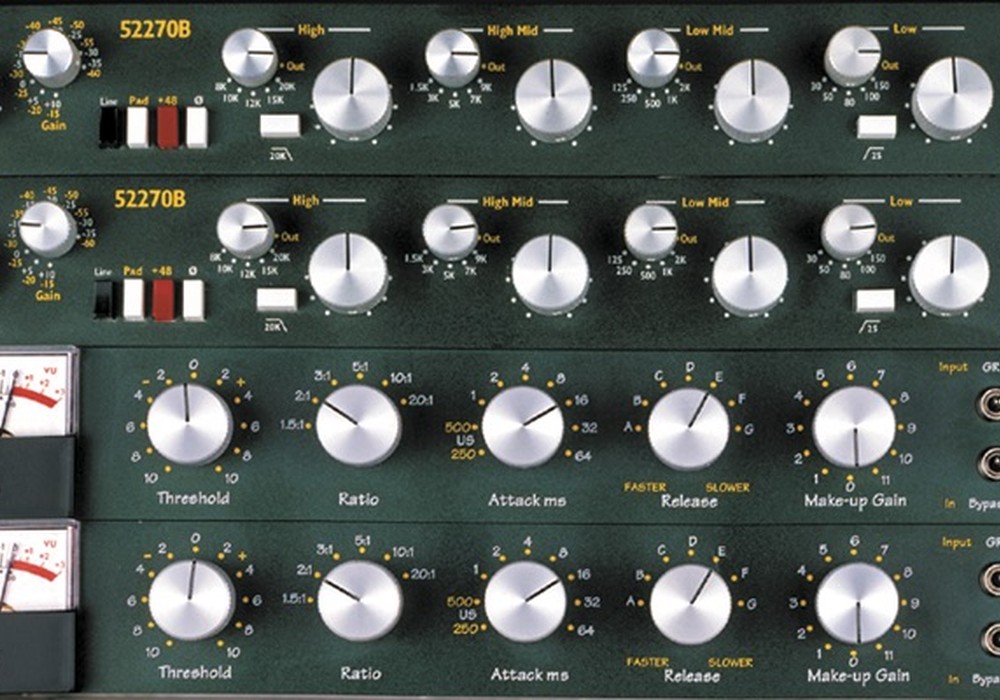BLUE (Baltic Latvian Universal Electronics) builds some of the finest microphones available today. The company's commitment to manufacturing its own parts, from condenser diaphragms to the tiny screws that hold them together, helps ensure consistent quality. Company founder Skipper Wise put on hiatus a career as a jazz musician for that of a microphone manufacturer, but brought along the same passion and enthusiasm.
With the microphone market filled with so many options, why would you say your microphones kick ass?
[laughs] I'll give you a rough idea of our approach to things. My background was in music. I have about 17albums out, mostly in contemporary jazz, but I had three different careers — one was a pop career in Europe and most of my albums were released on jazz labels and audiophile labels. I stopped making records about three years ago, because it really got to a point with BLUE that either I was going to commit to it full time or not. It's like with anything in life, I think that it's very hard to wear yourself thin. You commit yourself to one thing and just do it well, that was my experience. It was the same thing with music, and that's the approach to BLUE. One of the things they taught you in music is that if you copy somebody else and do it better you are nothing but a great imitation. And it was a lot of work. I mean, look at Bob Dylan, doesn't necessarily have a great voice, does he? But every time he goes, "Uuhhhh" you know it's him, right?
That's true, the signature sound.
That's right. But that's him. And the thing is, he said, "Well, what are my attributes?" and he found out that he could write lyrics, he could write songs, he had social commentaries and various things that were part of his career and still are. That was the approach at BLUE. We looked at microphones and how people were copying the past, and we think that the past is a great place to learn from, but what you have available today is astonishing. How you fuse those two things in the truest sense is the most rewarding and also the most difficult. What we did is learn from the past quality, and what I learned from a lot of the things that are considered classic today is that people did their best at the time with what was available to them. What's the best I can do, and I believe that's what stood the test of time — people that took that approach in building equipment or writing music, and that stuff seems to be timeless and is still revered today. Now, what happens if you take what you learned from then and apply it to today's standards? You could really go a lot farther, and that's the whole approach to BLUE. We found that we had to be involved with every part including making screws. People said that's ridiculous. Well, can you imagine if you're buying from a different vendor and you get a batch and the screws are just off a little bit, and everything just jiggles a little bit? It's just one of the small facets that add up to a microphone not being right or not being as best as it can be. People always laugh because I'm so involved with such little details, but the problem is if you take 200 little details and add them all up then they become one big issue.
Was the Bottle the first mic that you built?
"We started with the Bottle mic, making it tough on ourselves! Tough, because it was our top-of-the-line microphone. With the Bottle mic, eight different capsules equals eight different sounds of incredibly high quality." But it's not about being expensive. We don't consider the Baby Bottle a cheaper choice than the most expensive mic. It does something different. Because we make capsules, the most important part of a microphone, we can create different sounds so that each mic does something different. This does not mean you should not experiment." "We have found people who use the mics in applications that I would never have dreamed of. But we do have a philosophy of how we have created the sounds of the mics, what we thought each mic should sound like and be used for.
And when was that, as far as...
The rest of this article is only available with a Basic or Premium subscription, or by purchasing back issue #40. For an upcoming year's free subscription, and our current issue on PDF...
Or Learn More
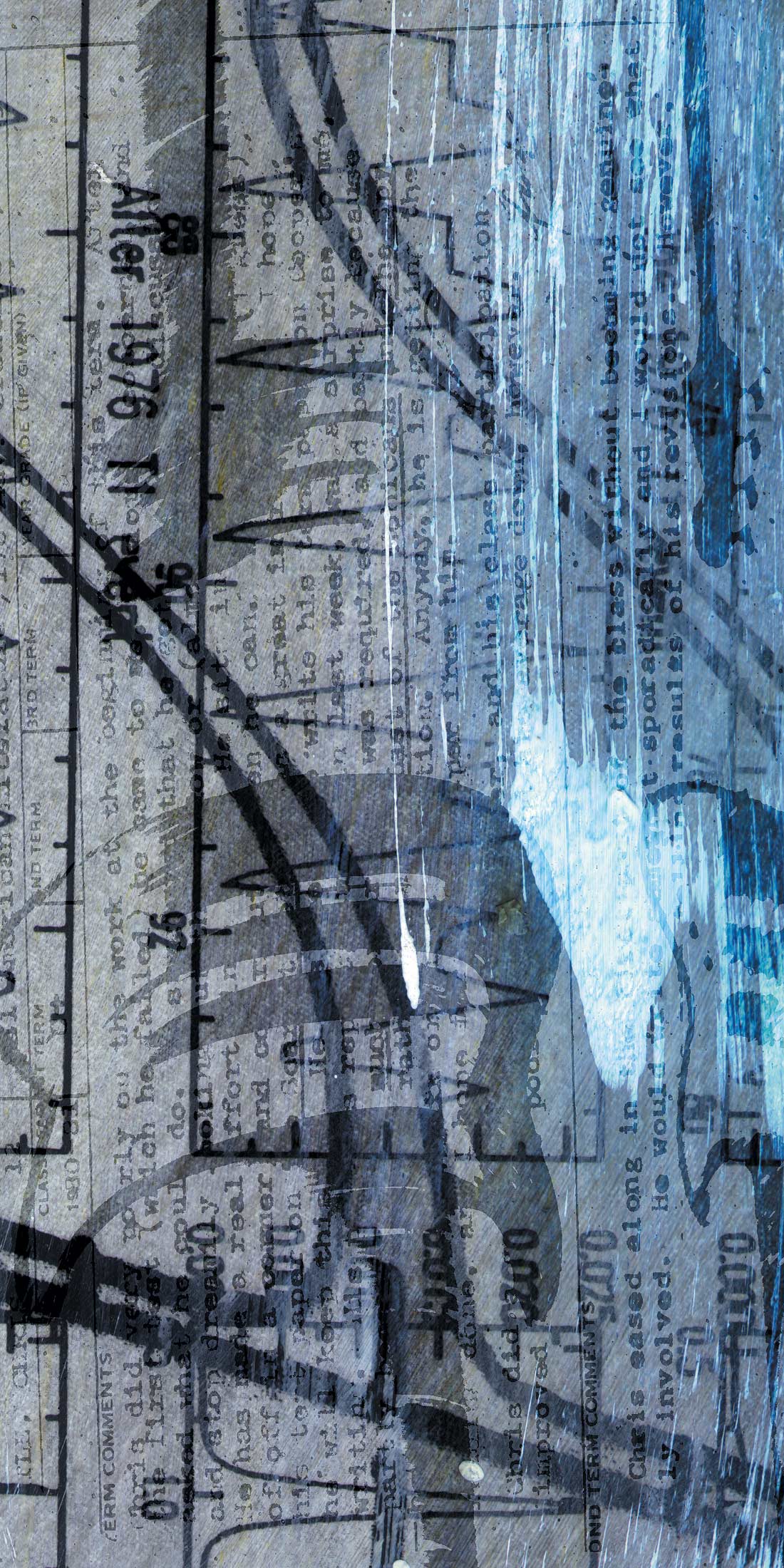

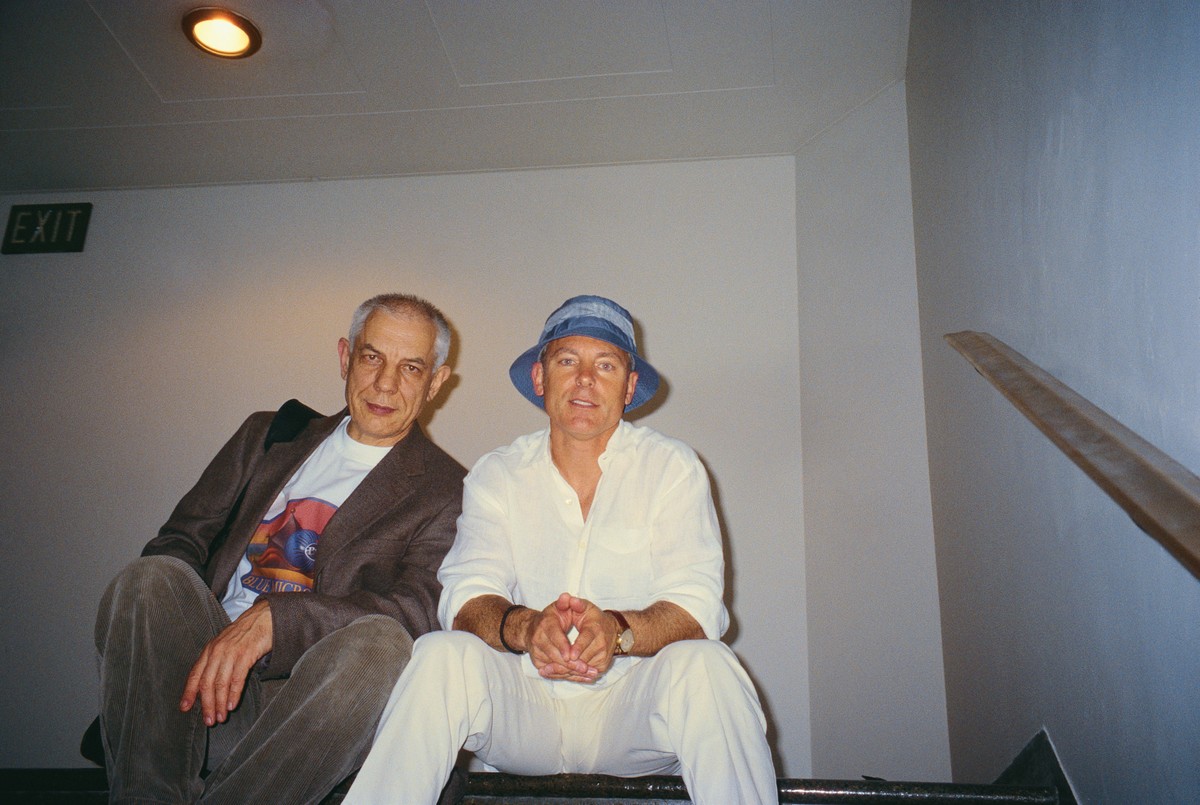




_disp_horizontal_bw.jpg)
